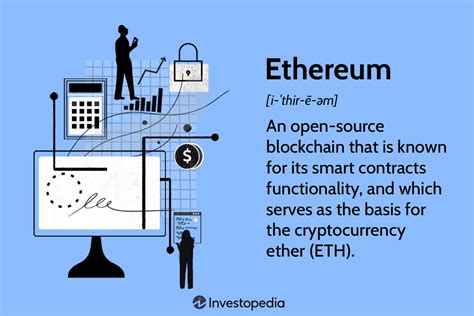Understanding Bitcoin Nodes: Separating Fact from Fiction
As the world becomes increasingly digital, cryptocurrency has become a popular way to store value and conduct transactions. The two most well-known cryptocurrencies are Bitcoin (BTC) and Ethereum (ETH). While they share some similarities, there are common misconceptions about two key concepts associated with these currencies: Bitcoin nodes.
In this article, we will delve into what a Bitcoin node is, its role in the cryptocurrency ecosystem, and clear up any confusion surrounding it.
What is a Bitcoin node?
A Bitcoin node is an intermediary that connects multiple users to the Bitcoin network. It is essentially a central authority that facilitates communication between clients (such as Bitcoin-qt or Electrum) and the blockchain. Simply put, a Bitcoin node acts as a bridge between individual wallets and the Bitcoin network.
Think of it like a digital waterway: just as rivers flow from one point to another, a Bitcoin node allows transactions to move between users’ wallets across the Bitcoin network.
Node Types
There are two main types of nodes:
- Full Nodes: These nodes have the entire blockchain up to date and can validate all transactions. They are like having the most complete and accurate version of the blockchain in their wallet.
- Light Nodes: Also known as “mainnet” or “full node” nodes, they are smaller and lighter, designed to provide basic-level services to users.
The Role of Nodes in Bitcoin
A full node is required to successfully process transactions on the Bitcoin network. It:
- Validates and records transactions
- Ensures that all parties’ identities and public keys are correct
- Maintains the integrity of the blockchain
In contrast, a light node (mainnet) provides basic access to the blockchain for users who do not want to download the entire blockchain.
Miners vs. us
A node is commonly thought of as a miner. However, this is not entirely accurate. A miner is responsible for verifying and adding transactions to the blockchain using powerful computers (known as proof of work or PoW) that solve complex mathematical puzzles. While miners are essential to securing the network, they are not nodes.
We on the client side
Clients like Bitcoin-qt or Electrum are software programs that users use to interact with their wallets. These clients do not require a node; Instead, they rely on their local wallet storage and the blockchain’s indexing mechanism (known as the “blockchain index”) to verify transactions.
Conclusion

In short, a Bitcoin node is not just a miner, but rather an intermediary that connects users to the Bitcoin network. All nodes ensure the integrity of the blockchain, while light nodes provide basic access to the network. The role of nodes in Bitcoin is essential to maintaining the security and transparency of the cryptocurrency ecosystem.
By understanding what a Bitcoin node is, its functions, and how it differs from other concepts such as miners, you will be able to better navigate the world of cryptocurrencies and make informed decisions about your digital assets.
